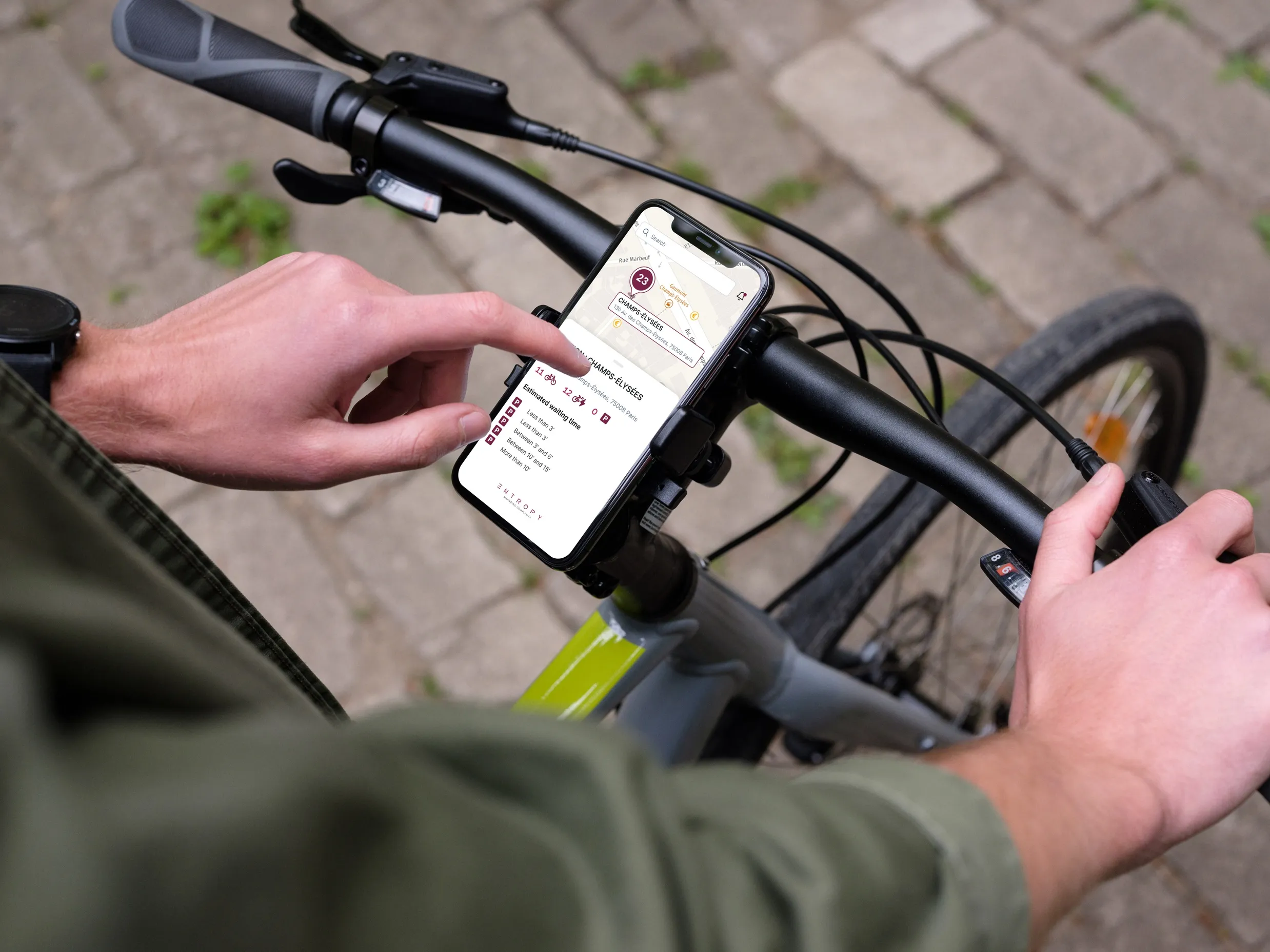ITS and ticketing provider INIT is to equip French public transport company Transport en Commun de la Région d´Avignon (TCRA) in Greater Avignon with a new intermodal transport control system (ITCS) and TETRA digital radio system.
The solution will replace the existing fleet management system and be operational by the end of 2014. In the first phase, around 138 public buses are to be integrated into the ITCS. Additionally, 24 trams running on the newly constructed tram lines are to be linked up to the s
November 28, 2013
Read time: 2 mins
ITS and ticketing provider 511 INIT is to equip French public transport company Transport en Commun de la Région d´Avignon (TCRA) in Greater Avignon with a new intermodal transport control system (ITCS) and TETRA digital radio system.
The solution will replace the existing fleet management system and be operational by the end of 2014. In the first phase, around 138 public buses are to be integrated into the ITCS. Additionally, 24 trams running on the newly constructed tram lines are to be linked up to the system.
INIT will implement its Mobile-ITCS fleet management system which detects and monitors the location of all vehicles and provides dispatchers with information to enable them to make appropriate scheduling changes. Integrated within Mobile-ITCS, the Mobile-Stopinfo passenger information system calculates real-time departures and distributes the information in the network and to passengers via the internet.
Data management is crucial to the use of the TCRA resources; INIT will provide its MobileStatistics evaluation and data analysis system, with MobileReports to easily generate reports and MobileForms to collect, transfer and trace data.
In addition, the 138 buses will be equipped with CoPilotpc2, INIT’s next generation on-board computer to organise data and voice communication between vehicles and the central system via TETRA digital radio. It also includes a GPS receiver that evaluates the vehicle's location and time position, enabling the driver to access current trip and vehicle information via TouchMon, an easy-to-read and intuitive touchscreen, which will also provide a turn-by-turn navigation function.
According to INIT, these solutions together provide the tools to make the TCRA network more efficient and provide better service. The goal is to change travel behaviour and convince the inhabitants of the Greater Avignon to choose to use public transport.
The solution will replace the existing fleet management system and be operational by the end of 2014. In the first phase, around 138 public buses are to be integrated into the ITCS. Additionally, 24 trams running on the newly constructed tram lines are to be linked up to the system.
INIT will implement its Mobile-ITCS fleet management system which detects and monitors the location of all vehicles and provides dispatchers with information to enable them to make appropriate scheduling changes. Integrated within Mobile-ITCS, the Mobile-Stopinfo passenger information system calculates real-time departures and distributes the information in the network and to passengers via the internet.
Data management is crucial to the use of the TCRA resources; INIT will provide its MobileStatistics evaluation and data analysis system, with MobileReports to easily generate reports and MobileForms to collect, transfer and trace data.
In addition, the 138 buses will be equipped with CoPilotpc2, INIT’s next generation on-board computer to organise data and voice communication between vehicles and the central system via TETRA digital radio. It also includes a GPS receiver that evaluates the vehicle's location and time position, enabling the driver to access current trip and vehicle information via TouchMon, an easy-to-read and intuitive touchscreen, which will also provide a turn-by-turn navigation function.
According to INIT, these solutions together provide the tools to make the TCRA network more efficient and provide better service. The goal is to change travel behaviour and convince the inhabitants of the Greater Avignon to choose to use public transport.









